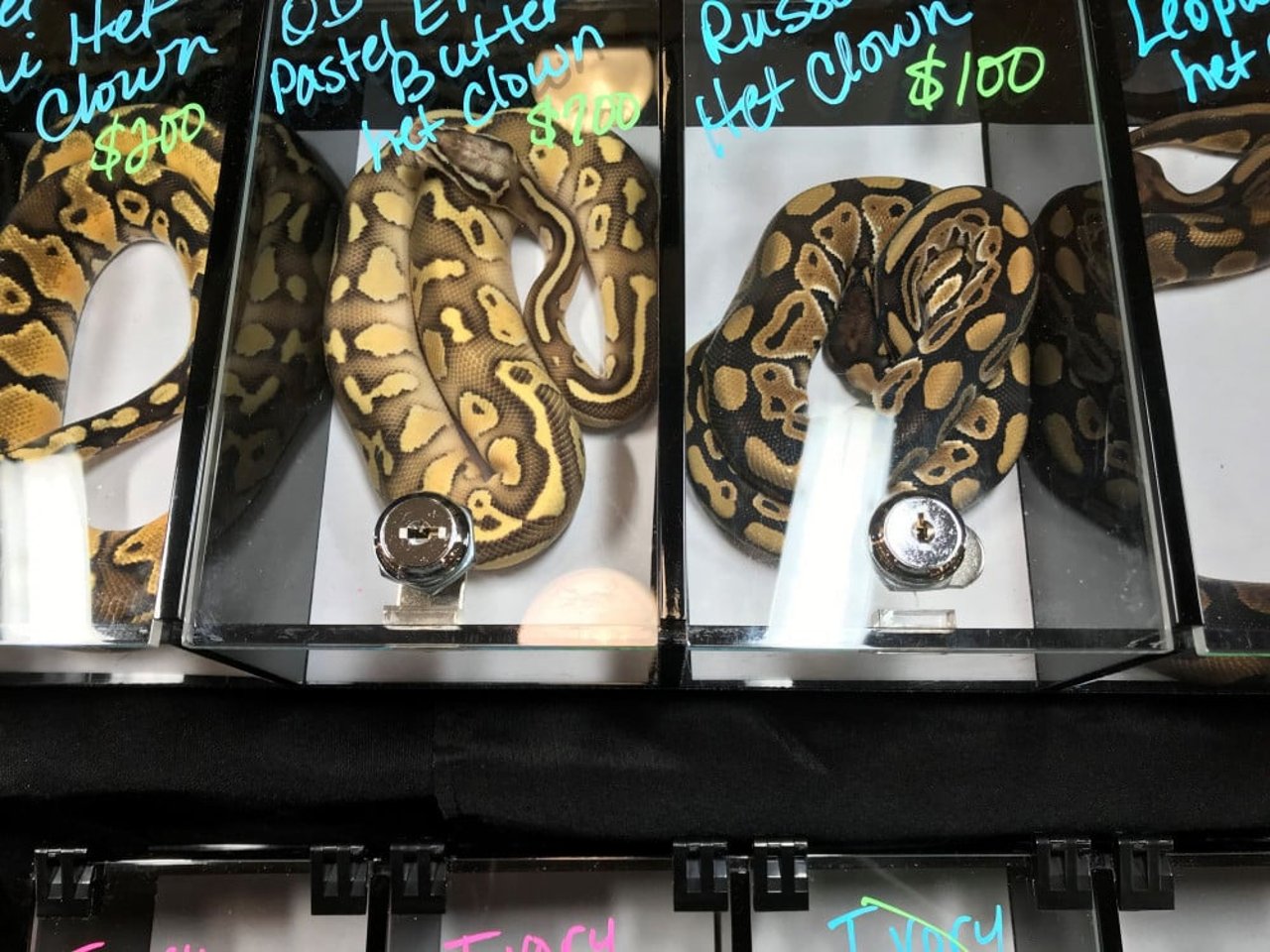
While you might see snakes being sold in pet stores, that doesn’t make them “pets.” Snakes are wild animals who belong in their natural habitats, not your home.
Every species of snake on Earth is wild. Though some species, such as ball pythons, are sold next to leashes and bags of cat litter in big box stores like PetSmart and Petco, all snakes are wild animals.
A ball python in the wild.
Ball pythons live in the grasslands and savannas of East and West Africa, often hiding in burrows during the day and trees at night. They need space to stretch out, bathe fully submerged, and explore. No tank could measure up to the freedom and vast terrain that ball pythons enjoy in the wild.
If you’re wondering whether ball pythons or any snake should ever be kept as a companion animal, read our Q&A:
Q: My friend has a snake in his home. Doesn’t this mean the snake isn’t wild and is more like a cat or dog?
A: All snakes are wild animals whether they are taken directly from the wild or bred in a commercial breeding operation (also called a “mill”) and sold in a store. It doesn’t matter where a snake was born or whether their parents lived in the wild or captivity.
There’s no meaningful distinction between a ball python born in an East African savanna and a ball python born in a mill in Ohio.
Q: Is it true that snakes bred in captivity are domesticated?
A: Some snake dealers (people who breed and sell snakes) claim that their snakes are somehow different from their counterparts in the wild. They’re not.
Wild animals don’t exist for our use, profit, or enjoyment.
In an attempt to make more money, some breeders engage in particularly egregious practices. For example, breeders may breed to produce certain physical attributes, such as scale patterns or colors. Selective breeding can change the natural size of an animal, negatively impacting the animal’s physical and mental well-being. Snake buyers are increasingly demanding designer snakes, called “morphs,” who have unusual markings and colorings.
Snakes for sale in captive tanks.
Q: I love my snake. Why do you think they are unhappy?
A: Wild animals kept in captivity all experience some degree of suffering because they don’t experience the freedom they’d have in the wild. It’s not possible to replicate the space and choices a snake has in their natural environment. In the wild, a snake can regulate their body temperature, choose what and when to eat, and if and when to reproduce. A snake kept in a tank has none of these choices. They might not even have the space to fully stretch out their body. As a result of the stress of captivity, some scientists estimate that 75 percent of snakes kept in captivity die within one year.*
Q: I am confused. Is it better to buy a snake bred in captivity or a snake born in the wild?
A: Neither! Snakes aren’t products and should not be purchased. When a snake is taken from the wild, they experience severe stress and may be injured or even killed during handling and transportation. Snakes who are bred in mills are kept in small, dirty containers packed with dozens of other animals. They are rarely provided veterinary care or nutritious food. Mortality is often high because dead animals are just seen as the cost of doing business.
If a snake survives the mill or being captured from the wild, they are then confined to a tank for the rest of their lives. No matter what the source, a snake should never be purchased as a companion.
Q: How can I protect snakes from being exploited?
A: Sign our wildlife pledge to never purchase a wild animal. Then spread the word by telling your family and friends that snakes don’t belong in our homes and all wild animals should stay in the wild.
If you’re looking to make an even greater impact for snakes and other animals, consider working with your local legislators to pass a law banning the retail sale of wild animals. We have a toolkit that breaks down the steps.
*Warwick, C. The Morality of the Reptile “Pet” Trade. J. Anim. Ethics 2014, 4, 74–94

